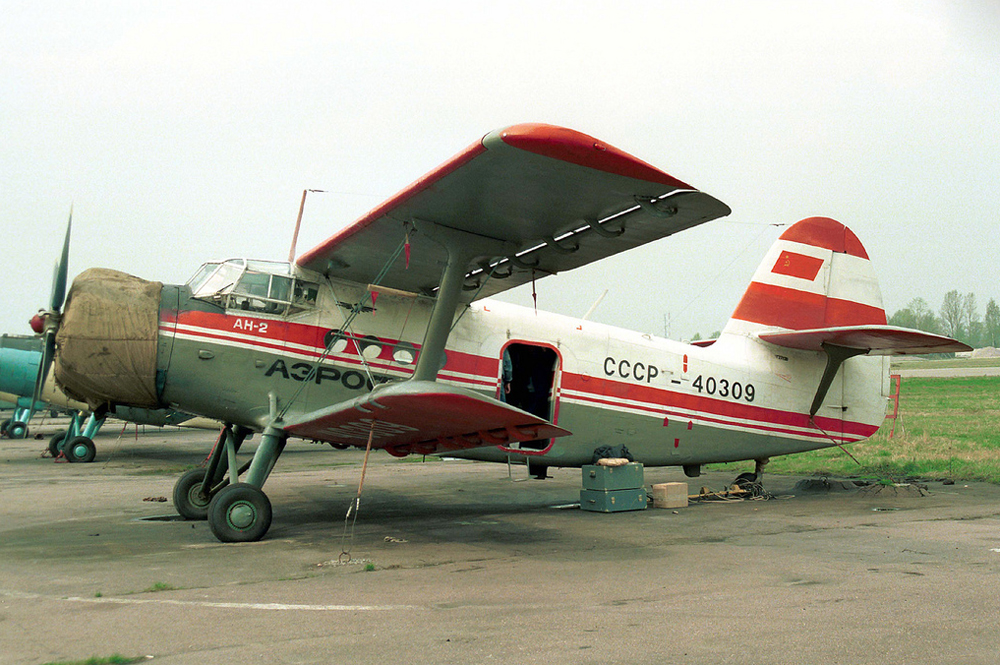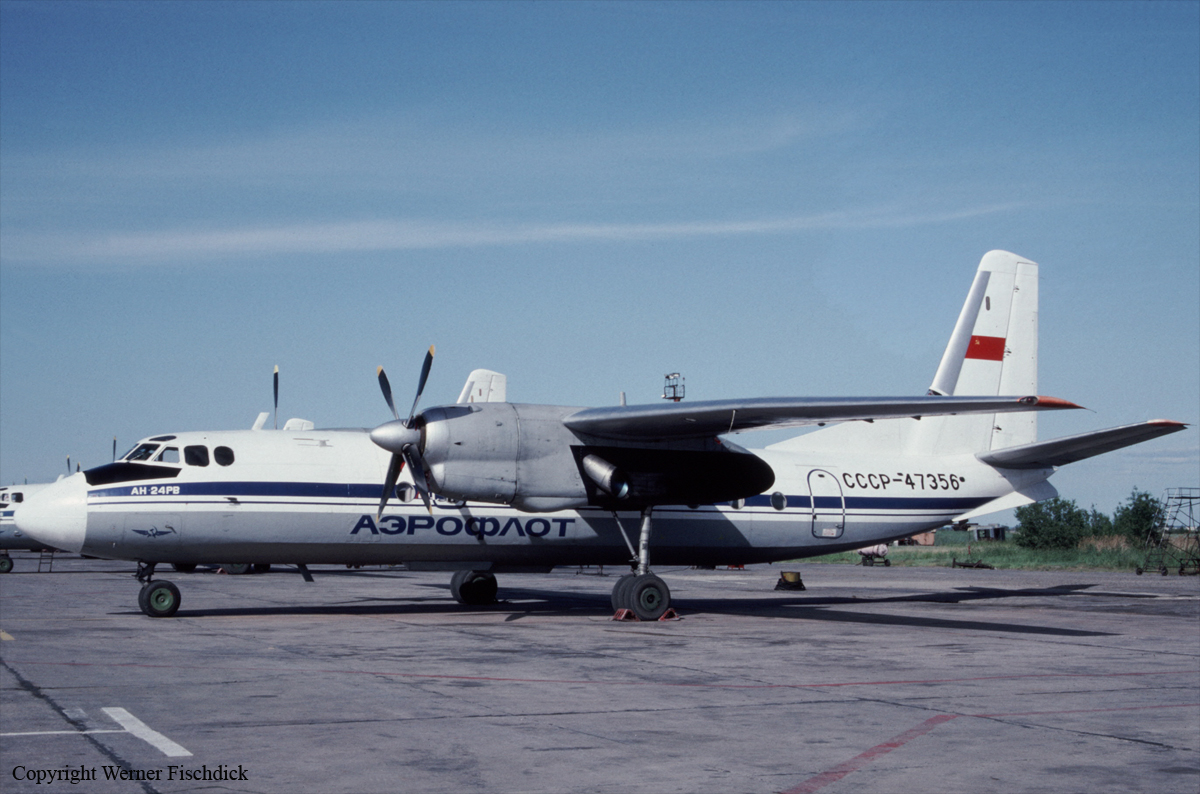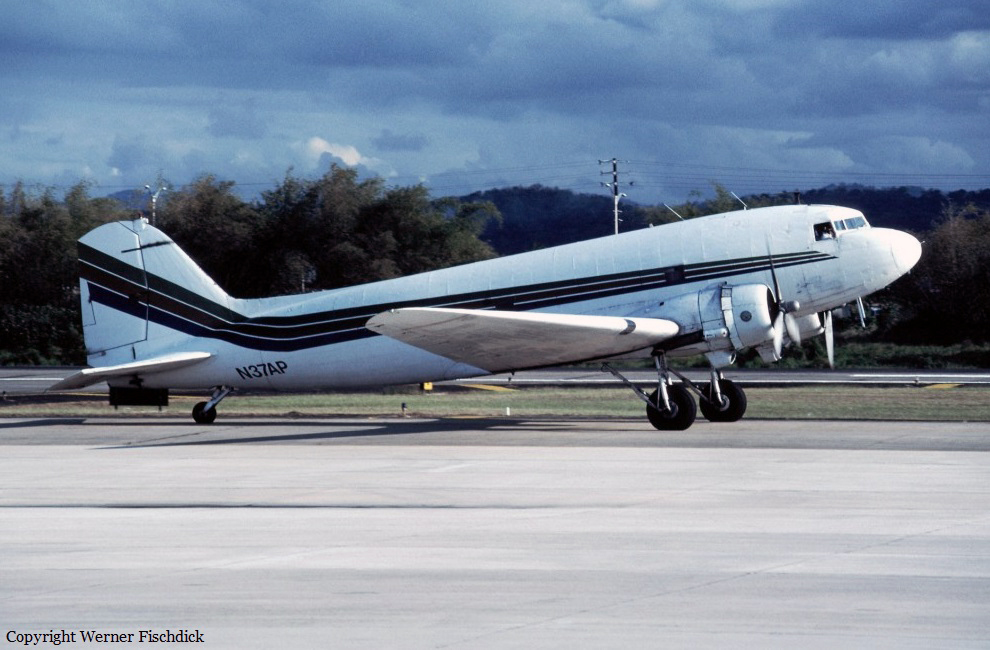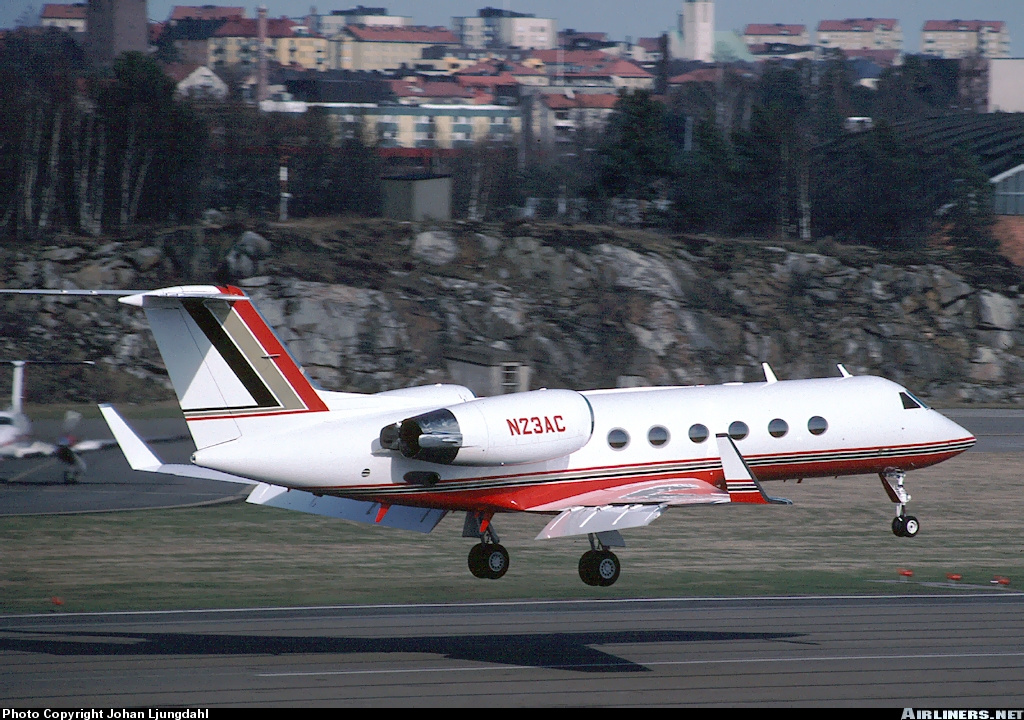Crash of a PZL-Mielec AN-2T in Most Pyssa: 14 killed
Date & Time:
Nov 14, 1996 at 1302 LT
Registration:
RA-40309
Survivors:
Yes
Schedule:
Koslan – Vazgort – Puchkoma – Chuprova – Vazgort – Most Pyssa – Koslan
MSN:
1G221-39
YOM:
1986
Flight number:
410
Crew on board:
2
Crew fatalities:
Pax on board:
13
Pax fatalities:
Other fatalities:
Total fatalities:
14
Circumstances:
While parked at Most Pyssa for a short period of time (a 20 minutes stop), on a flight from Vazgort to Koslan, weather conditions deteriorated with snow falls. The crew failed to remove the snow from the aircraft prior to departure. After takeoff, while climbing, the crew initiated a turn to the left when the aircraft stalled and crashed in a wooded area, bursting into flames. The copilot survived while 14 other occupants were killed.
Probable cause:
The crew decided to takeoff without proceeding to a pre-departure cleaning of the aircraft that was contaminated with snow. At low height and speed, the aircraft stalled during the first turn and crashed.









